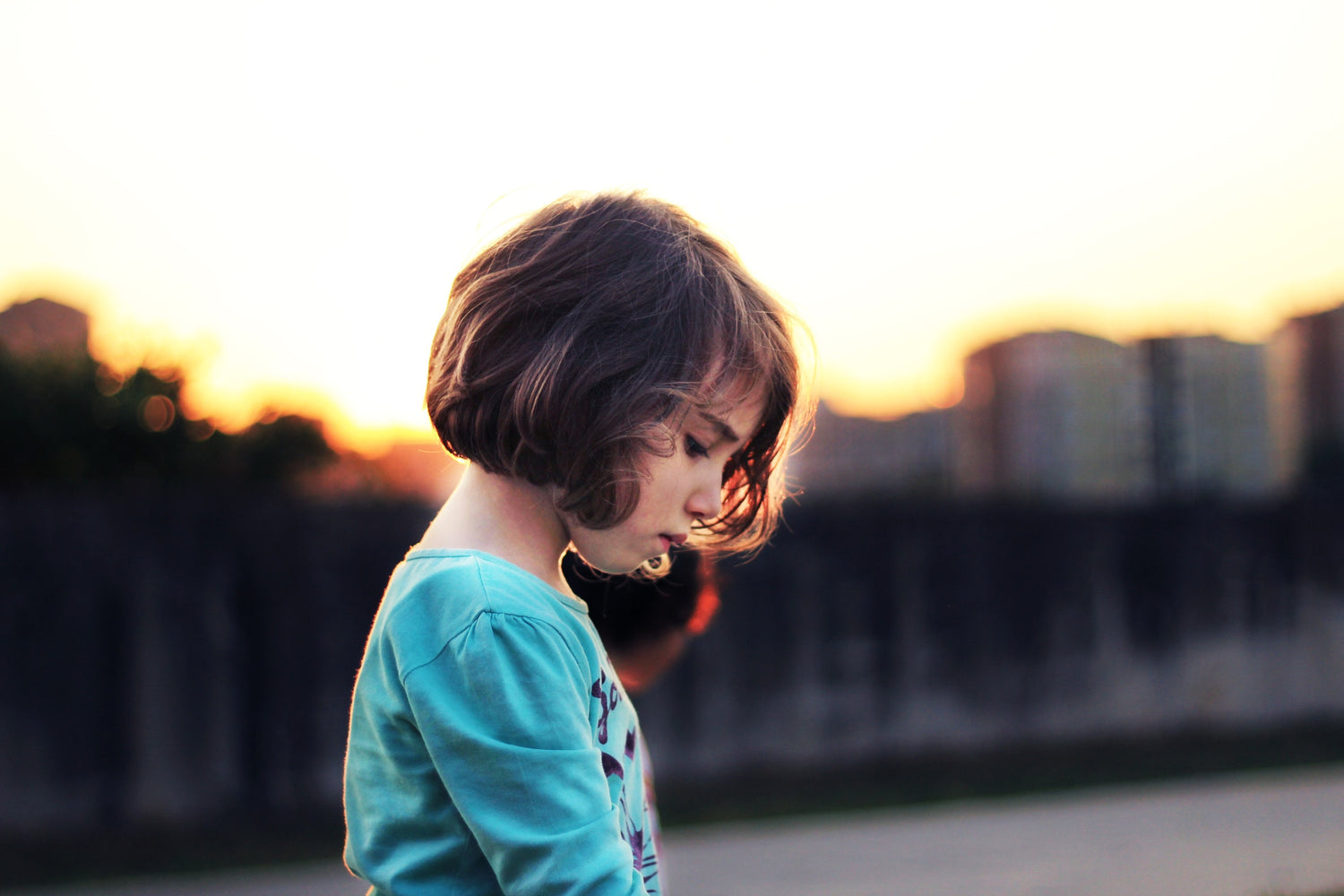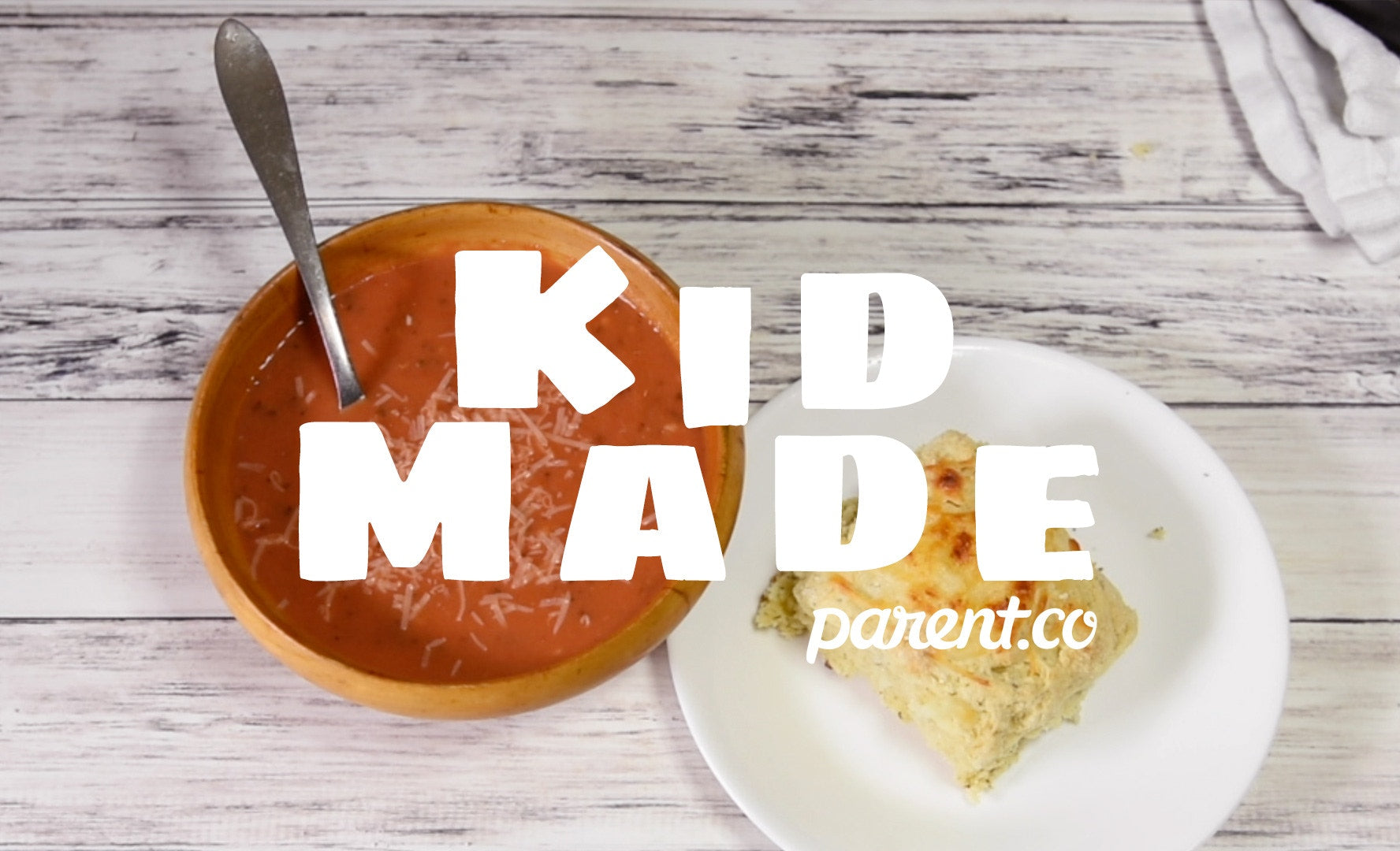This particular woman and this specific situation are just one example. Everywhere I go, and often from my own mouth, I hear this lie repeated. “It’s okay.”
I don’t mean that it’s a lie in a metaphorical “the world is not okay” kind of way. It’s more of a subtle lie holding a hidden meaning that most of us cannot detect. We are numb to it because that’s what we were always told.
Often we say it, not only to children, but also to our friends, our family members, and our coworkers. In adult-to-adult lingo it sounds more like “everything happens for a reason” or “this, too, will pass.”
So what is this hidden meaning folded within what’s usually intended as an endearing offer of comfort? We’re almost there, I promise. First, it’s important to explore the antecedent. This phrase is most often spoken in the face of distress, as if it has magical power to remove all uncomfortable emotional feelings or physical pain.
Poof. Gone. How wonderful!
But there’s no magical spell to ward away pain and discomfort. As a parent or a caregiver, or just a person with compassion, it is so immensely hard to watch the suffering of others. It’s even harder when that person is a small human for whom you’re supposed to be caring and protecting. Enter, “There, there, honey. It’s okay!”
For the child, it really isn’t okay. They’re having a feeling – sometimes a very big and overwhelming feeling – that they don’t yet know how to handle. And that feeling is legitimate (because all feelings are legitimate). Our society, however, is not so good with the feelings.
In our life and world, this well intended phrase has come to mean a variety of things, including (but not limited to): Don’t cry; don’t be upset; it’s not okay to have feelings; it’s definitely not okay to express feelings in public; if you have to have a feeling, please do it in private; you cannot handle your feelings; or others cannot handle you having feelings. YIKES.
There are other words, too, that carry this same subliminal messaging. “Don’t cry. Shh. Don’t worry about it.” My favorite is the follow-up “See, now, that’s better” once the emotional expression has stopped.
What all of these have in common is that they invalidate the child’s experience. Can you imagine walking up to a crying child and saying, “Hey, what you are feeling really doesn’t matter, and I sure don’t like it, so please stop and instead pretend like you’re happy.” No way! But that’s really not much different than the way I see “it’s okay” being used all the time.
Is there a better way? Absolutely. Let’s explore a few more mindful ways to approach a distressed child (or adult).
Validate the feeling
We already established that feelings are legitimate, so how can we communicate that to the child? The simplest way is to just tell them: “Wow, this is so hard/scary/sad/frustrating right now.”
Instead of shushing them, let them cry. Stay with them and continue to let them know that you see them and their emotional experience. Let them know, through your physical presence and attentive care, that both of you can handle this experience, even though it’s hard.
We all know how good it feels when someone really gets our internal experience and understands what we’re going through on a visceral level. That’s what’s happening here, underneath the validation and compassion. It’s a powerful way to reframe our responses to distress.
Model emotional expression
The most effective way for a child to learn is through observation. The people who have the most powerful ability to teach children are the adults they spend the most time with, namely parents, family members, and teachers. Modeling your own authentic emotional experience will show little watching eyes how to do it. In addition, it will communicate to them that it’s healthy and normal to have feelings.
It’s important to note here that this only applies if it resonates with you. Being authentic in your expression is essential. If it feels forced, there’s nothing wrong with that. Just skip this step. Remember, modeling is the most effective way to teach children, which also applies to being true to yourself. What a great skill to be able to teach!
Have compassion for yourself when you just want him to stop crying already
Our culture does not like to look at feelings for good reason – they’re sometimes very difficult. When dealing with feelings, either a child’s or your own, you’re not going to “get it right” every time. You’re not going to calmly validate and sit with the experience every time.
In other words, it’s okay to be overwhelmed, impatient, or just want to fix the situation. That’s all totally normal. When that happens, try not to beat yourself up over it. We’re all learning more about emotions all the time – from infancy to adulthood, and beyond.
With practice, you may find that your child isn’t the only one better able to validate, model, and have compassion for waves of emotion.



